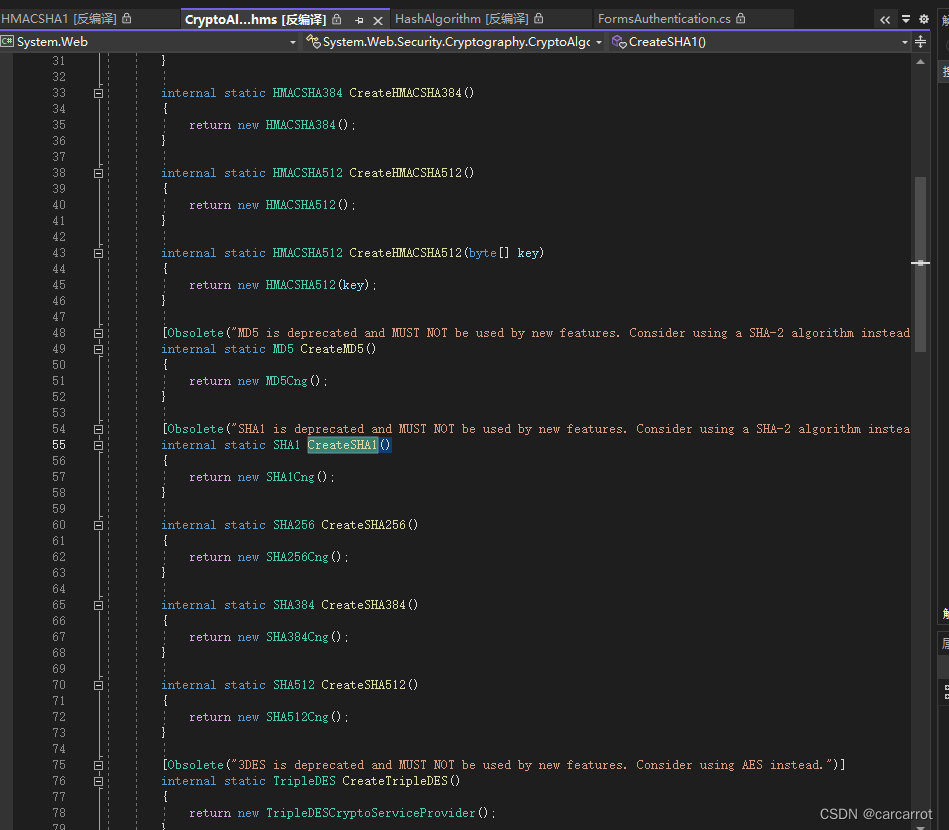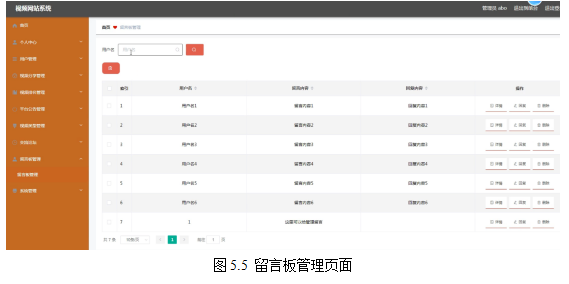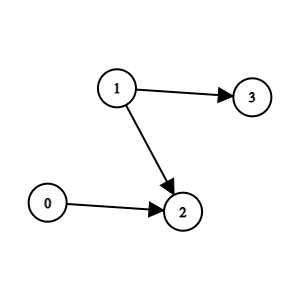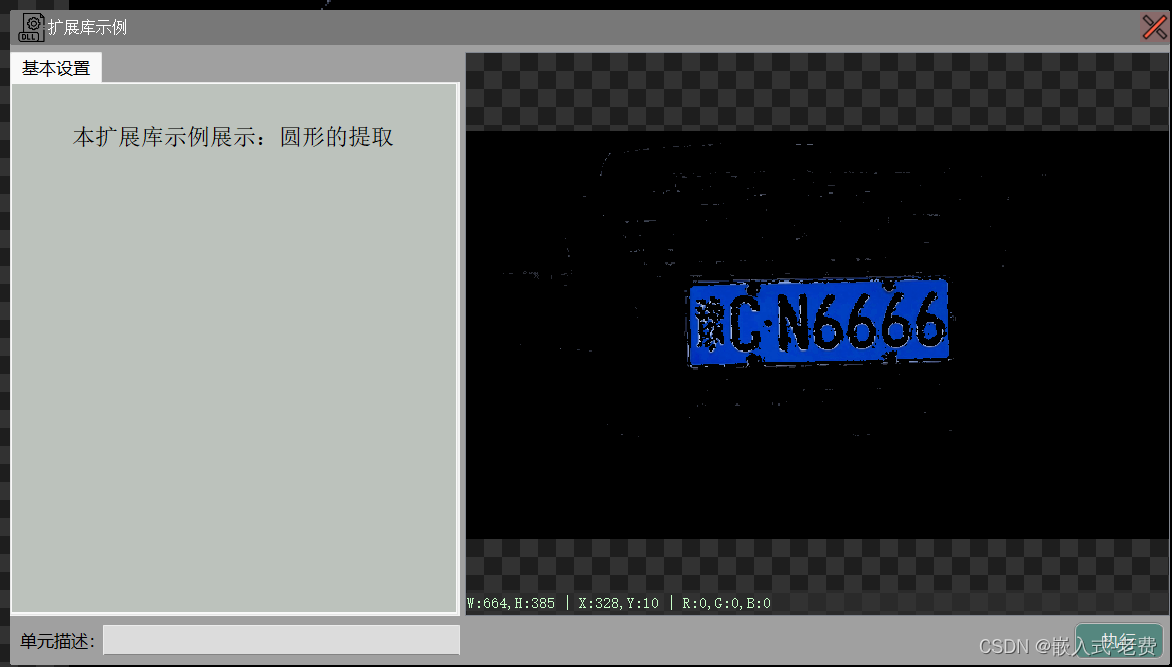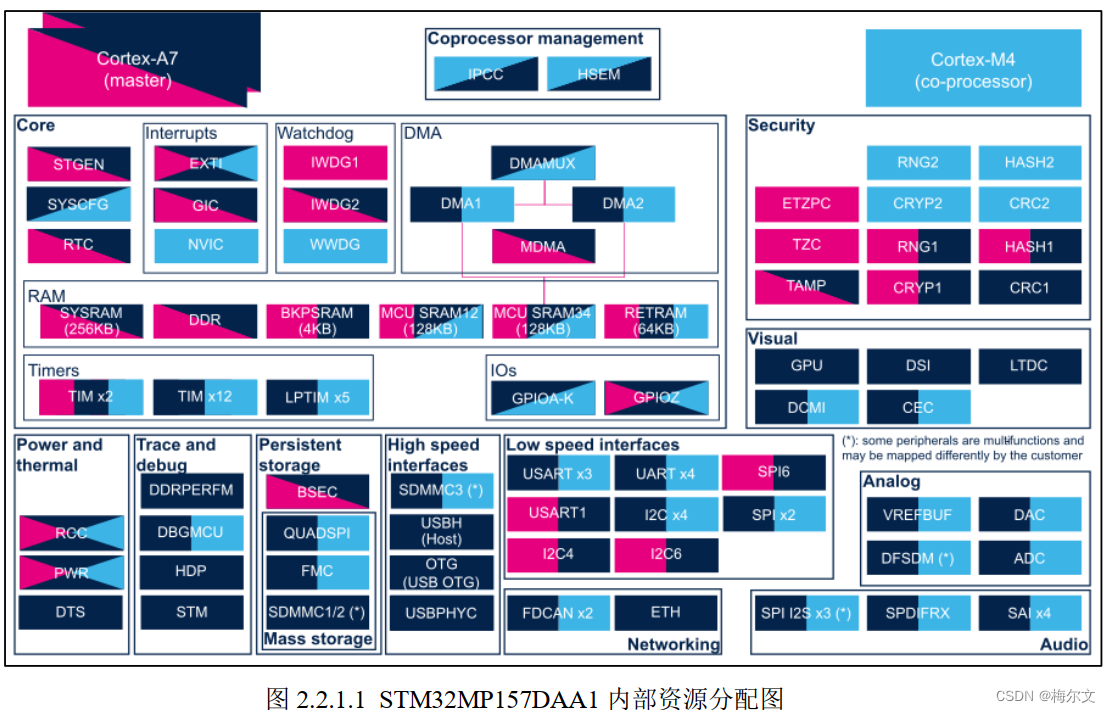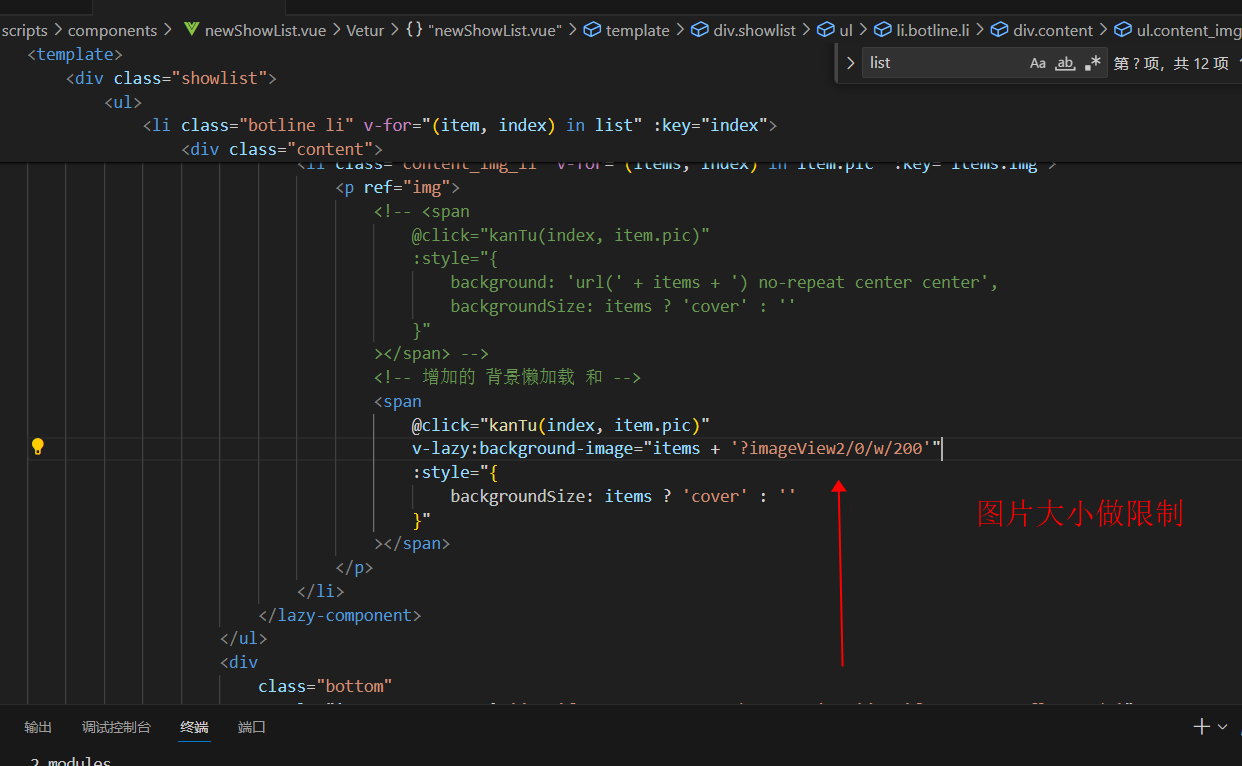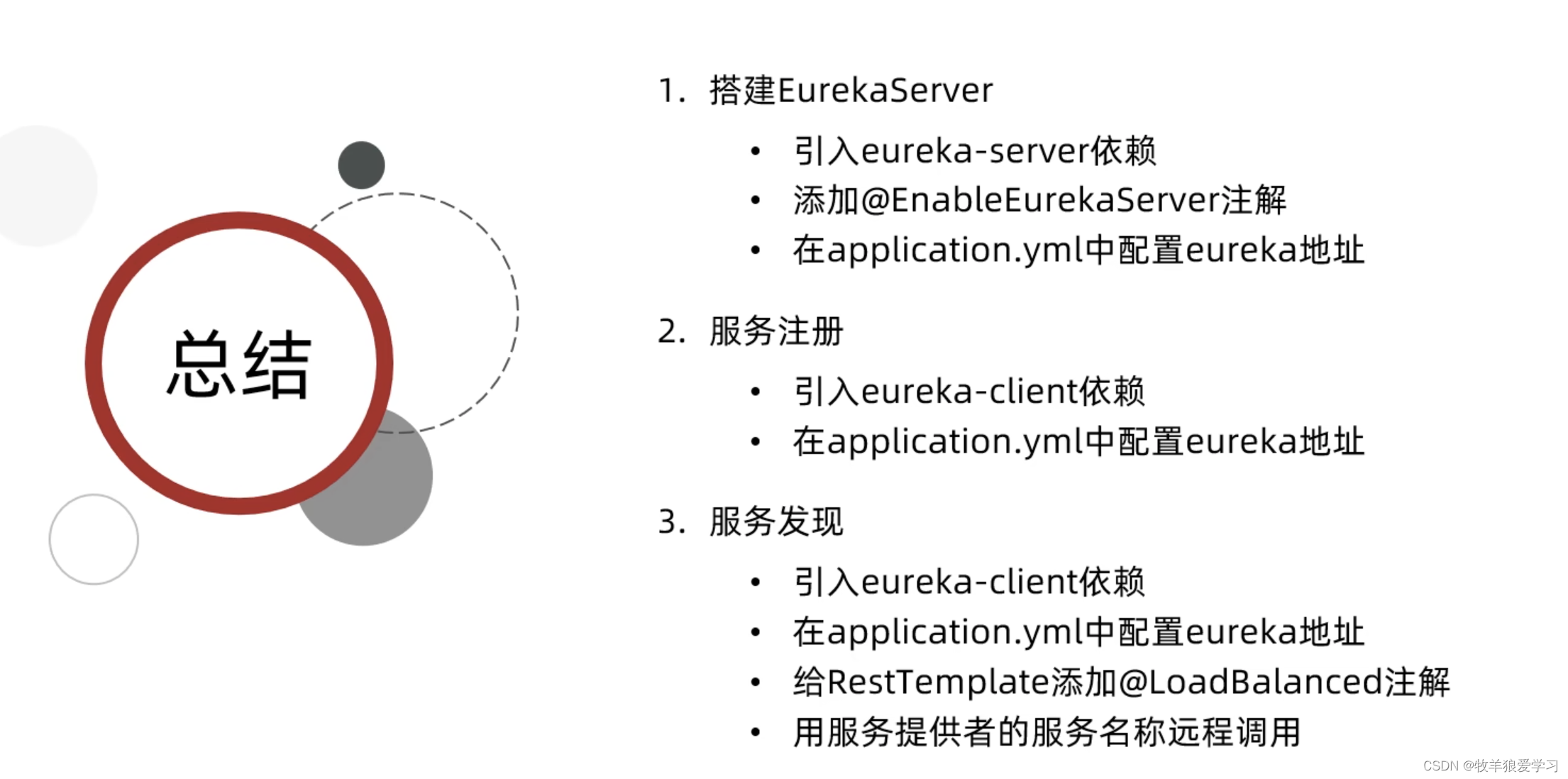01.idea中创建一个maven管理的空项目
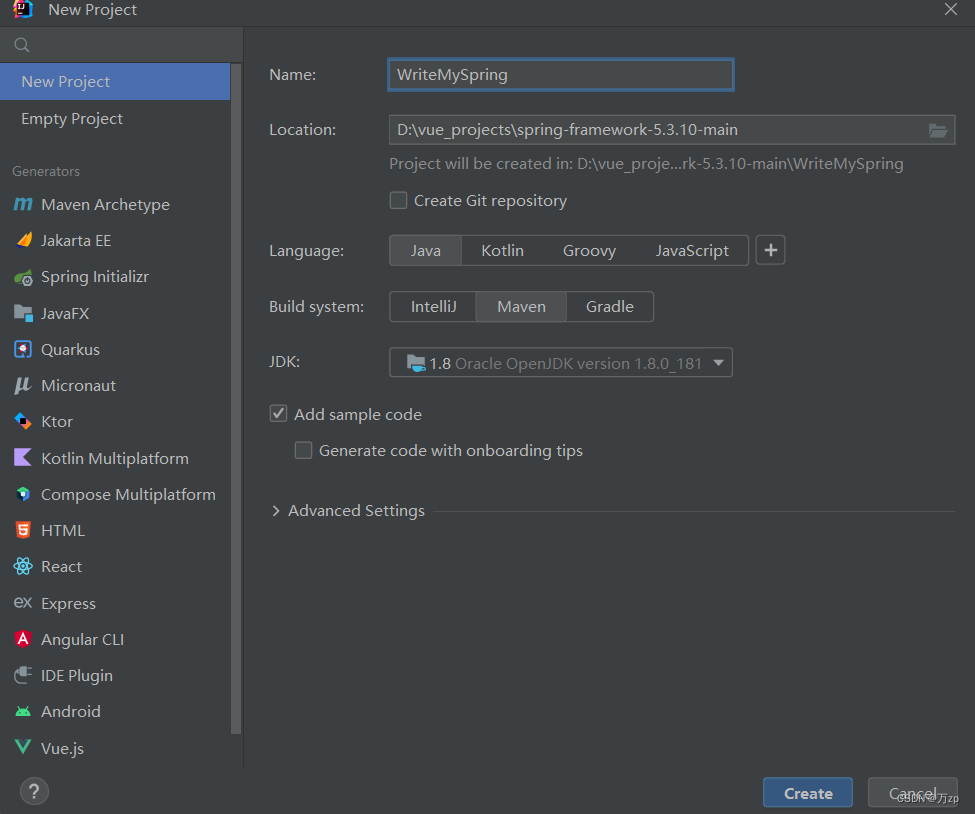
02.模拟创建出spring容器类,这里叫wzpApplicationContext,创建的时候会自动加载配置类的数据
public class wzpApplicationContext {
private Class configClass;
public wzpApplicationContext(Class configClass) {
this.configClass = configClass;
}
}
模拟出容器类要扫描的配置类Appconfig
public class Appconfig {
}
在test中去测试这些创建的类
public class Mytest {
public static void main(String[] args) {
wzpApplicationContext wzpApplicationContext=new wzpApplicationContext(Appconfig.class);
}
}
03.在wzpApplicationContext 添加getbean函数,获取spring容器中的bean
public Object getBean(String beanName) {
return null;
}
创建服务类UserService
public class UserService {
}

在测试test中运行getbean方法
public class Mytest {
public static void main(String[] args) {
wzpApplicationContext wzpApplicationContext=new wzpApplicationContext(Appconfig.class);
UserService userService= (UserService)wzpApplicationContext.getBean("UserService");
}
}
04.在服务类中写一些方法,等会看一下是不是可以运行
public class UserService {
public void test(){
System.out.println("test");
}
}
此时在test中:
public class Mytest {
public static void main(String[] args) {
wzpApplicationContext wzpApplicationContext=new wzpApplicationContext(Appconfig.class);
UserService userService= (UserService)wzpApplicationContext.getBean("UserService");
userService.test();
}
}
05.写几个自定义的注解
比如说,spring容器中的扫描,需要注解@ComponentScan
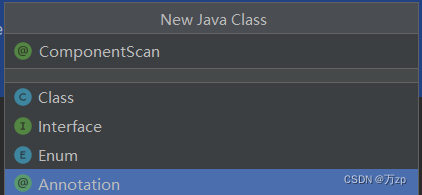
@Retention(RetentionPolicy.RUNTIME)
@Target(ElementType.TYPE)
public @interface ComponentScan {
String value() default "";
}
解释一下:
Target 注解是说,这个注解主要用在哪一个区域,TYPE表示类,FIELD表示属性,METHOD表示方法。
Rentention 注解是说,这个注解在那个阶段使用,RUNTIME是在类加载阶段使用
然后模仿spring去用:
@ComponentScan("org.example.wzp.service")
public class Appconfig {
}
再创建一个注解:@Component
@Retention(RetentionPolicy.RUNTIME)
@Target(ElementType.TYPE)
public @interface Component {
String value() default "";
}
在服务类中去使用:
@Component
public class UserService {
public void test(){
System.out.println("test");
}
}
06.实现扫描的功能
现在只是写了几个注解,具体的功能代码还没有写,接下来就是扫描的代码
回想spring框架,是创建spring容器的时候,就会自动创建bean
所以,扫描的具体实现代码就应该在构造函数中写
//判断类上是不是有注解ComponentScan
if(configClass.isAnnotationPresent(ComponentScan.class)){
//获取注解对象
ComponentScan componentScan = (ComponentScan)configClass.getAnnotation(ComponentScan.class);
//获取注解对象上的value,这里也就是path
String path = componentScan.value();
//文件的路径是/,而获取到的是带有.的包名
path.replace(".","/");
//获取当前的类加载器
ClassLoader classLoader = wzpApplicationContext.class.getClassLoader();
//根据类加载器获取编译完成的target的class文件夹的路径
URL resource = classLoader.getResource(path);
//根据路径,获取文件
File file=new File(resource.getFile());
//因为扫描的是包,所以大概率是一个目录
if (file.isDirectory()){
//获取目录中的文件集合
for (File f:file.listFiles()){
//获取文件的绝对路径
String absolutePath = f.getAbsolutePath();
//截取从org到class
String org = absolutePath.substring(absolutePath.indexOf("org"), absolutePath.indexOf(".class"));
//由于是文件路径,要转换回来,把\变成 . 包名,好让类加载器加载得到类的对象
String classpath = org.replace("\\", ".");
//加载器加载后,得到一个类对象
Class<?> aClass = classLoader.loadClass(classpath);
//判断是不是类上存在Component注解
if(aClass.isAnnotationPresent(Component.class)){
//判断是不是单例模式,要看自定义的注解Scope
if (aClass.isAnnotationPresent(Scope.class)){
Scope scopeAnnotation = aClass.getAnnotation(Scope.class);
String value = scopeAnnotation.value();
if (value.equals("singleton")){
//创建单例模式的bean
}
else{
//多例模式
}
}
}
}
}
}
}
创建一个注解 Scope
@Retention(RetentionPolicy.RUNTIME)
@Target(ElementType.TYPE)
public @interface Scope {
String value() default "";
}
在服务类上使用,如果是单例,就写singleton,如果是多例,就写prototype
例如:服务类UserService ,这里声明是单例模式
@Component("UserService")
@Scope("singleton")
public class UserService {
public void test(){
System.out.println("test");
}
}
07.优化设计,把类上注解的许多信息都放入到一个对象中的话,直接去读取这个类的属性就好了
创建一个BeanDefinition
public class BeanDefinition {
private Class type;
private String scope;
private Boolean isLazy;
public Class getType() {
return type;
}
public void setType(Class type) {
this.type = type;
}
public String getScope() {
return scope;
}
public void setScope(String scope) {
this.scope = scope;
}
public Boolean getLazy() {
return isLazy;
}
public void setLazy(Boolean lazy) {
isLazy = lazy;
}
}
再次优化扫描
//判断是不是类上存在Component注解
if(aClass.isAnnotationPresent(Component.class)){
Component componentAnnotation = aClass.getAnnotation(Component.class);
String name = componentAnnotation.value();
BeanDefinition beanDefinition=new BeanDefinition();
beanDefinition.setType(aClass);
//判断是不是单例模式,要看自定义的注解Scope
if (aClass.isAnnotationPresent(Scope.class)){
Scope scopeAnnotation = aClass.getAnnotation(Scope.class);
String value = scopeAnnotation.value();
beanDefinition.setScope(value);
if (value.equals("singleton")){
//创建单例模式的bean
beanDefinition.setScope("singleton");
}
else{
//多例模式
}
}
}
在wzpApplicationContext 中添加一个属性,map集合
public class wzpApplicationContext {
//配置类
private Class configClass;
//存放BeanDefinition
private Map<String,BeanDefinition> BeanDefinitionMap =new HashMap<>();
}
把刚刚创建的BeanDefinition放入到map集合中:
if(aClass.isAnnotationPresent(Component.class)){
Component componentAnnotation = aClass.getAnnotation(Component.class);
String name = componentAnnotation.value();
BeanDefinition beanDefinition=new BeanDefinition();
beanDefinition.setType(aClass);
//判断是不是单例模式,要看自定义的注解Scope
if (aClass.isAnnotationPresent(Scope.class)){
Scope scopeAnnotation = aClass.getAnnotation(Scope.class);
String value = scopeAnnotation.value();
beanDefinition.setScope(value);
if (value.equals("singleton")){
//创建单例模式的bean
beanDefinition.setScope("singleton");
}
else{
//多例模式
}
BeanDefinitionMap.put(name,beanDefinition);
}
}
最后总的代码抽象此外一个方法:
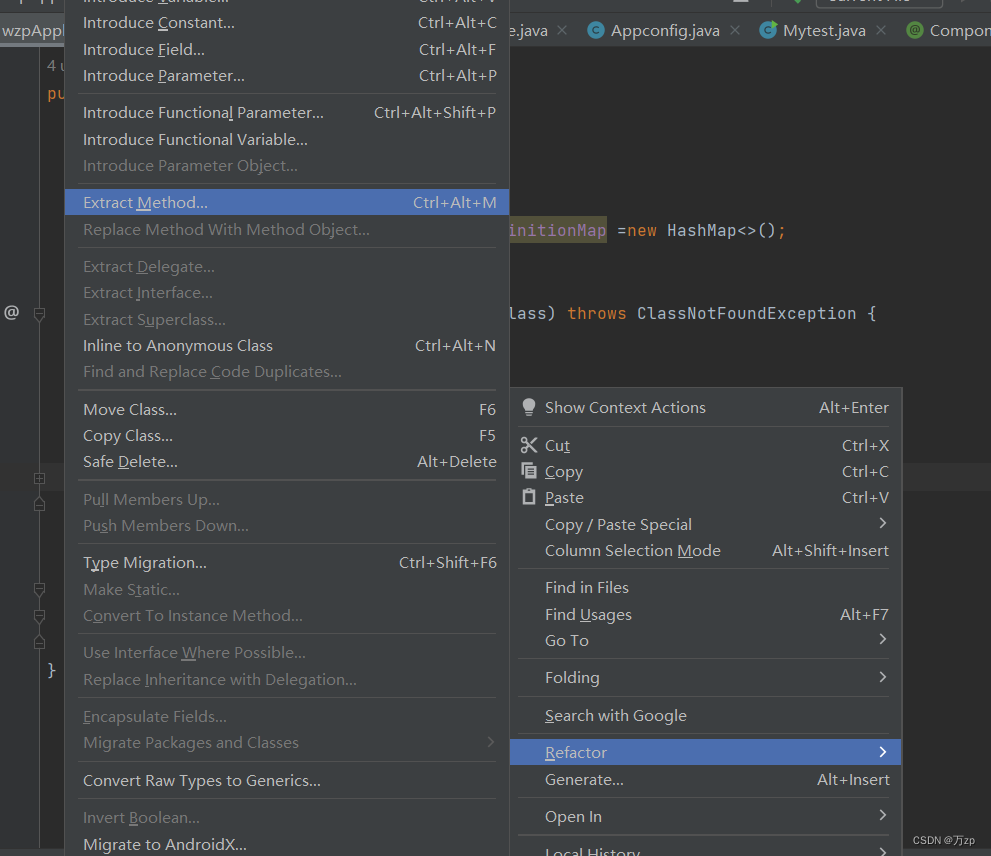
public wzpApplicationContext(Class configClass) throws ClassNotFoundException {
this.configClass = configClass;
//判断类上是不是有注解ComponentScan
scan(configClass);
}
private void scan(Class configClass) throws ClassNotFoundException {
if(configClass.isAnnotationPresent(ComponentScan.class)){
//获取注解对象
ComponentScan componentScan = (ComponentScan) configClass.getAnnotation(ComponentScan.class);
//获取注解对象上的value,这里也就是path
String path = componentScan.value();
//文件的路径是/,而获取到的是带有.的包名
path.replace(".","/");
//获取当前的类加载器
ClassLoader classLoader = wzpApplicationContext.class.getClassLoader();
//根据类加载器获取编译完成的target的class文件夹的路径
URL resource = classLoader.getResource(path);
//根据路径,获取文件
File file=new File(resource.getFile());
//因为扫描的是包,所以大概率是一个目录
if (file.isDirectory()){
//获取目录中的文件集合
for (File f:file.listFiles()){
//获取文件的绝对路径
String absolutePath = f.getAbsolutePath();
//截取从org到class
String org = absolutePath.substring(absolutePath.indexOf("org"), absolutePath.indexOf(".class"));
//由于是文件路径,要转换回来,把\变成 . 包名,好让类加载器加载得到类的对象
String classpath = org.replace("\\", ".");
//加载器加载后,得到一个类对象
Class<?> aClass = classLoader.loadClass(classpath);
//判断是不是类上存在Component注解
if(aClass.isAnnotationPresent(Component.class)){
Component componentAnnotation = aClass.getAnnotation(Component.class);
String name = componentAnnotation.value();
BeanDefinition beanDefinition=new BeanDefinition();
beanDefinition.setType(aClass);
//判断是不是单例模式,要看自定义的注解Scope
if (aClass.isAnnotationPresent(Scope.class)){
Scope scopeAnnotation = aClass.getAnnotation(Scope.class);
String value = scopeAnnotation.value();
beanDefinition.setScope(value);
if (value.equals("singleton")){
//创建单例模式的bean
beanDefinition.setScope("singleton");
}
else{
//多例模式
}
BeanDefinitionMap.put(name,beanDefinition);
}
}
}
}
}
}


